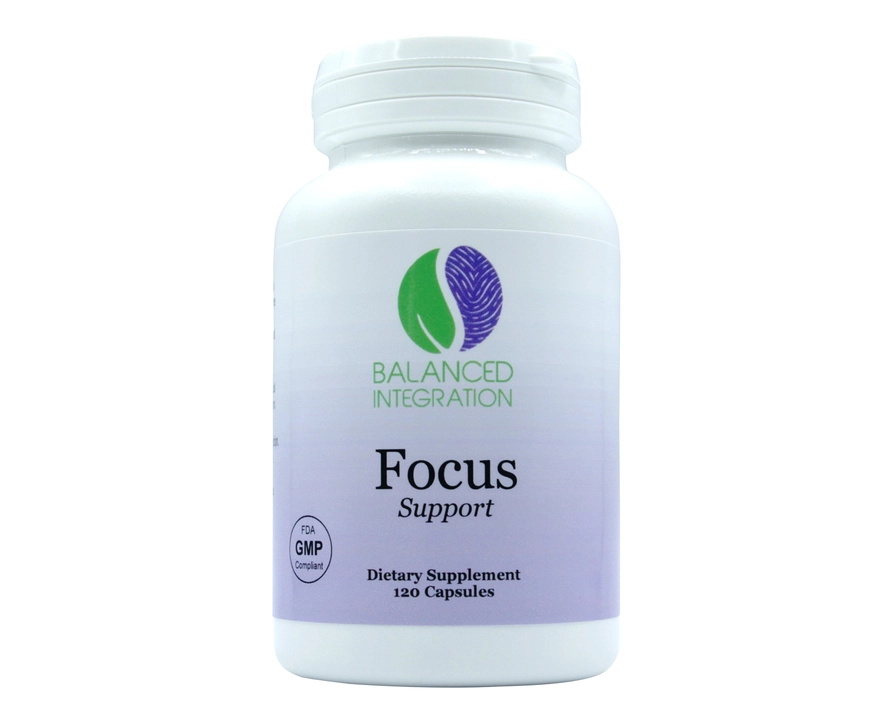Hemp Agrimony (Eupatorium cannabinum) — ID, Uses, and Safety
You've probably seen tall clumps of pinkish-lilac flowers near ditches or wet fields and wondered what they are. That's often hemp agrimony, a common wetland plant across Europe and parts of Asia. Despite the name, it’s not related to hemp (cannabis). It’s a handy plant to recognize if you’re into foraging, gardening, or curious about herbal remedies — but there are real safety points to know before trying anything with it.
How to ID Hemp Agrimony
Look for a plant 60–150 cm tall with square-ish stems and lance-shaped leaves arranged opposite each other. Leaves usually have a toothed edge and a pointed tip. In late summer you’ll see clusters of small tubular flowers in shades of pink, mauve, or sometimes white. It prefers damp soils: riverbanks, marsh edges, and roadside ditches are typical spots. If you’re comparing it to similar plants, note the opposite leaves and dense flower heads — those help separate it from look-alikes.
Uses and Safety — What You Need to Know
Traditionally, hemp agrimony has been used in folk medicine for mild respiratory complaints, as a poultice for wounds, and as a mild diuretic. People make short infusions (tea) from the leaves or use crushed leaves as a warm poultice for sore muscles. Those uses show why it appears in herbal guides: it’s easy to gather and has astringent, mildly bitter qualities.
But here’s the catch: some Eupatorium species contain pyrrolizidine alkaloids (PAs), compounds that can damage the liver if taken regularly or in high doses. That means short, external use (like a poultice) is generally lower risk than drinking concentrated herbal preparations over time. Pregnant and breastfeeding people, children, and anyone with liver disease should avoid internal use entirely. Also avoid mixing with alcohol or other liver-stressing drugs.
If you try a simple topical use at home, test a tiny patch of skin first to check for irritation. For tea, keep it occasional and weak — but better yet, talk to an herbalist or your doctor if you plan to use hemp agrimony for health reasons. Proper ID is crucial: never use unknown plants as medicine.
Want practical tips? Harvest leaves from clean locations (away from roads and polluted water), use fresh material for poultices, and dry leaves in a shaded, airy place if you plan to store them. Label any stored herbs clearly and don't use them for long-term self-treatment. If you notice jaundice, stomach pain, or unexplained fatigue after using a plant remedy, stop and see a clinician.
Hemp agrimony is interesting and useful in small, careful doses, mainly for topical applications or short, traditional uses. Respect the plant, respect safety limits, and ask a qualified practitioner before trying internal preparations.
Unlock the Secret to Optimal Health with Hemp Agrimony – Your New Go-To Dietary Supplement
I recently discovered an incredible dietary supplement that has the potential to optimize our health - Hemp Agrimony! This powerful plant is packed with numerous health benefits, which I'm excited to share with all of you. From boosting our immune system to detoxifying our bodies, Hemp Agrimony is quickly becoming my new go-to supplement. In my latest blog post, I've dived deep into the world of Hemp Agrimony and explored how it can truly transform our overall well-being. Trust me, you won't want to miss out on this amazing, natural health secret!

